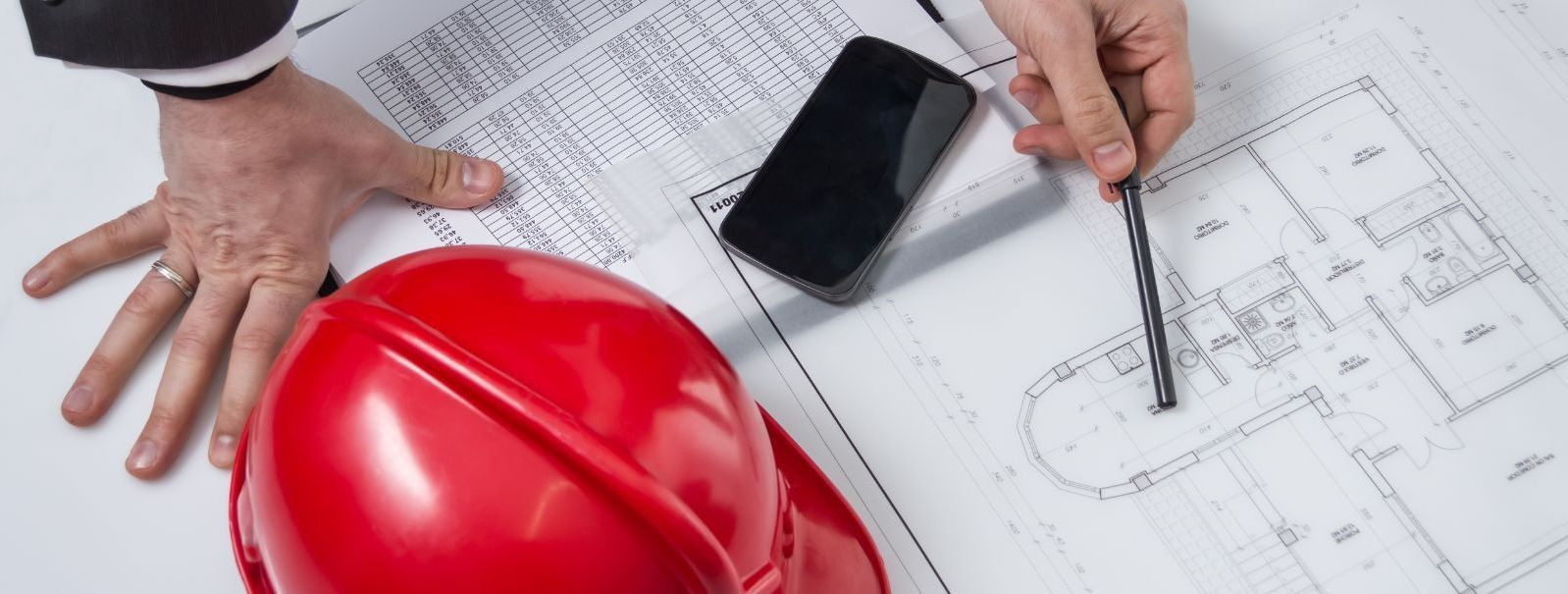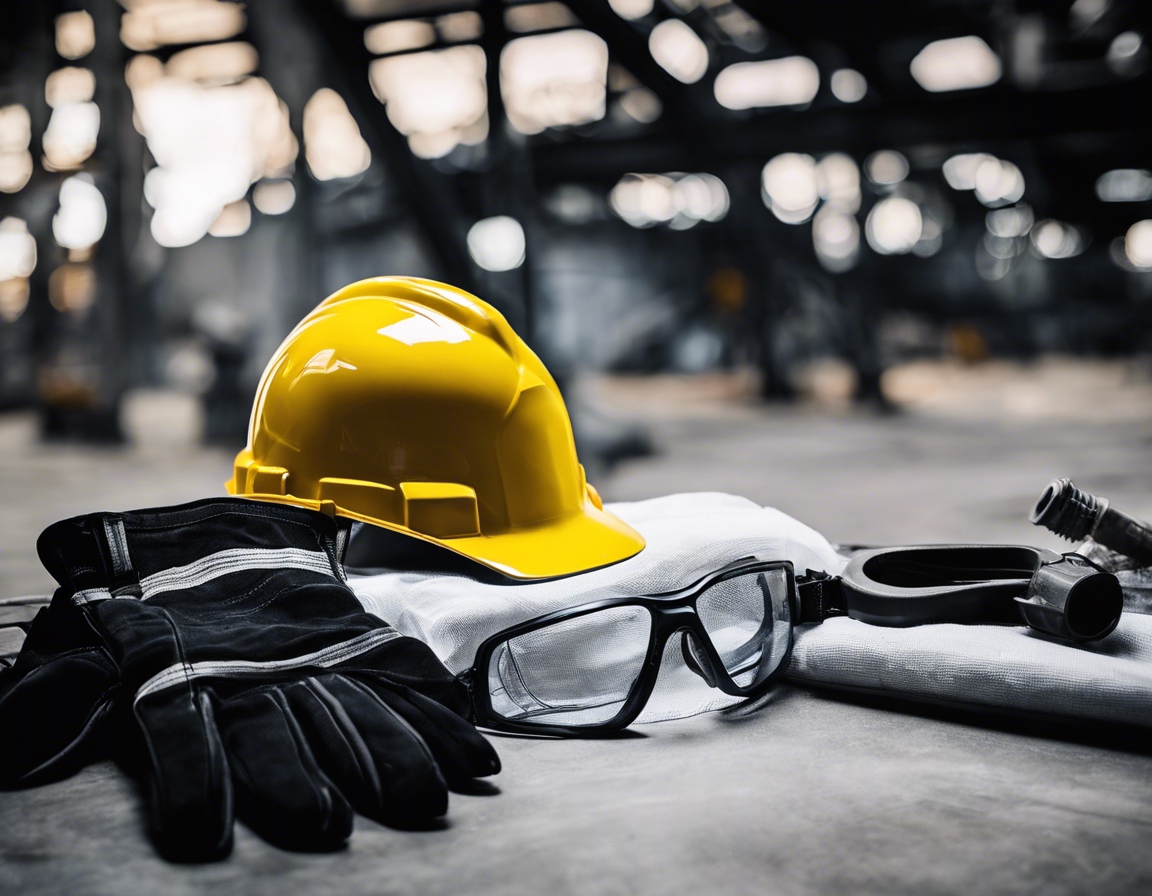Sustainable construction: building a greener future
Sustainable construction refers to the practice of creating structures and using processes that are environmentally responsible and resource-efficient throughout a building's life cycle: from siting to design, construction, operation, maintenance, renovation, and demolition. This concept is also known as 'green building' or 'eco-construction'.
The construction industry has a significant impact on the environment, from the depletion of natural resources to the emission of greenhouse gases. Sustainable construction aims to mitigate these impacts by promoting a more responsible approach to building, which not only benefits the environment but also enhances the quality of life for occupants and the community at large.
Key Principles of Sustainable Construction
One of the core principles of sustainable construction is energy efficiency. This involves designing buildings that require less energy for heating, cooling, lighting, and running appliances. Techniques such as proper insulation, energy-efficient windows, and the use of renewable energy sources are integral to achieving this goal.
Water conservation is another crucial aspect of sustainable construction. Implementing water-saving fixtures, rainwater harvesting systems, and efficient irrigation practices can significantly reduce water usage in buildings.
Choosing sustainable materials is key to reducing the environmental footprint of a construction project. Materials should be selected based on their lifecycle impacts, including their durability, recyclability, and the energy required to produce them.
Minimizing construction waste through strategies such as recycling, reusing materials, and optimizing design can lead to significant environmental and economic benefits.
Ensuring good indoor environmental quality is essential for the well-being of building occupants. This includes using non-toxic materials, providing adequate ventilation, and incorporating natural light and greenery into building designs.
Technologies and Practices for Sustainable Construction
Green building certifications like LEED, BREEAM, or WELL provide frameworks for assessing and recognizing sustainable building practices. These certifications encourage builders and developers to meet high environmental and health standards.
Innovations in building materials, such as bamboo, recycled plastics, and composites, are making it possible to build more sustainably without compromising on strength or aesthetic appeal.
Integrating renewable energy sources like solar panels, wind turbines, and geothermal systems into building designs can significantly reduce reliance on fossil fuels and lower greenhouse gas emissions.
Smart building technologies enable buildings to adapt to the needs of occupants and the environment, optimizing energy and water usage through intelligent monitoring and control systems.
Biophilic design incorporates natural elements into the built environment, promoting a connection to nature that has been shown to improve mental and physical health.
Challenges and Opportunities in Sustainable Construction
Despite the clear benefits, there are challenges to adopting sustainable construction practices, including higher upfront costs, a lack of awareness, and regulatory hurdles. However, with the right strategies and incentives, these barriers can be overcome.
While sustainable construction can be more expensive initially, the long-term savings in energy and water bills, maintenance, and operational costs can make it an economically viable option. Additionally, sustainable buildings often have higher property values and attract tenants more easily.
The future of sustainable construction is bright, with advancements in technology and a growing awareness of environmental issues driving innovation. As more people recognize the benefits of green building, sustainable construction practices are set to become the standard in the industry.






Comments (0)